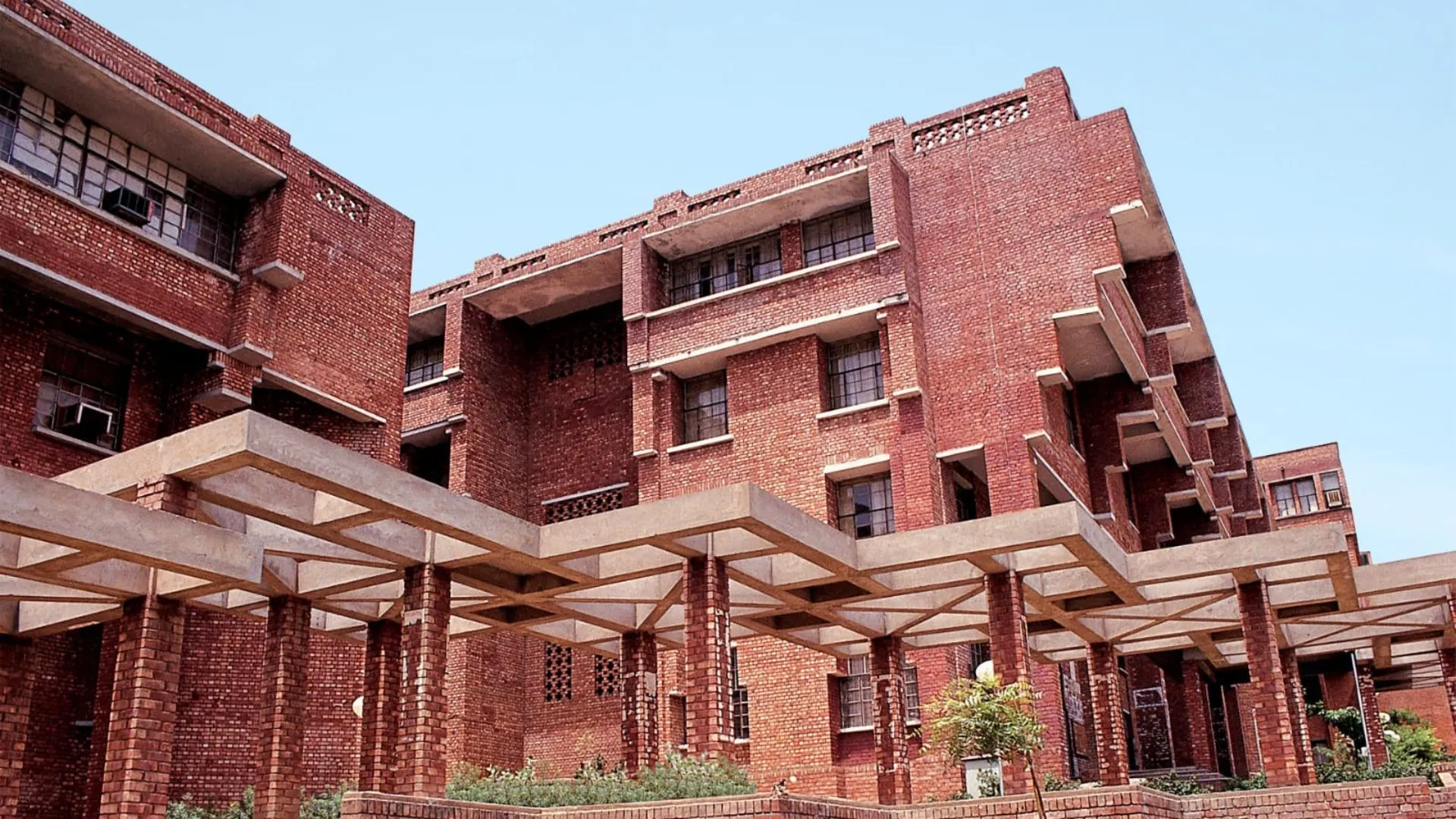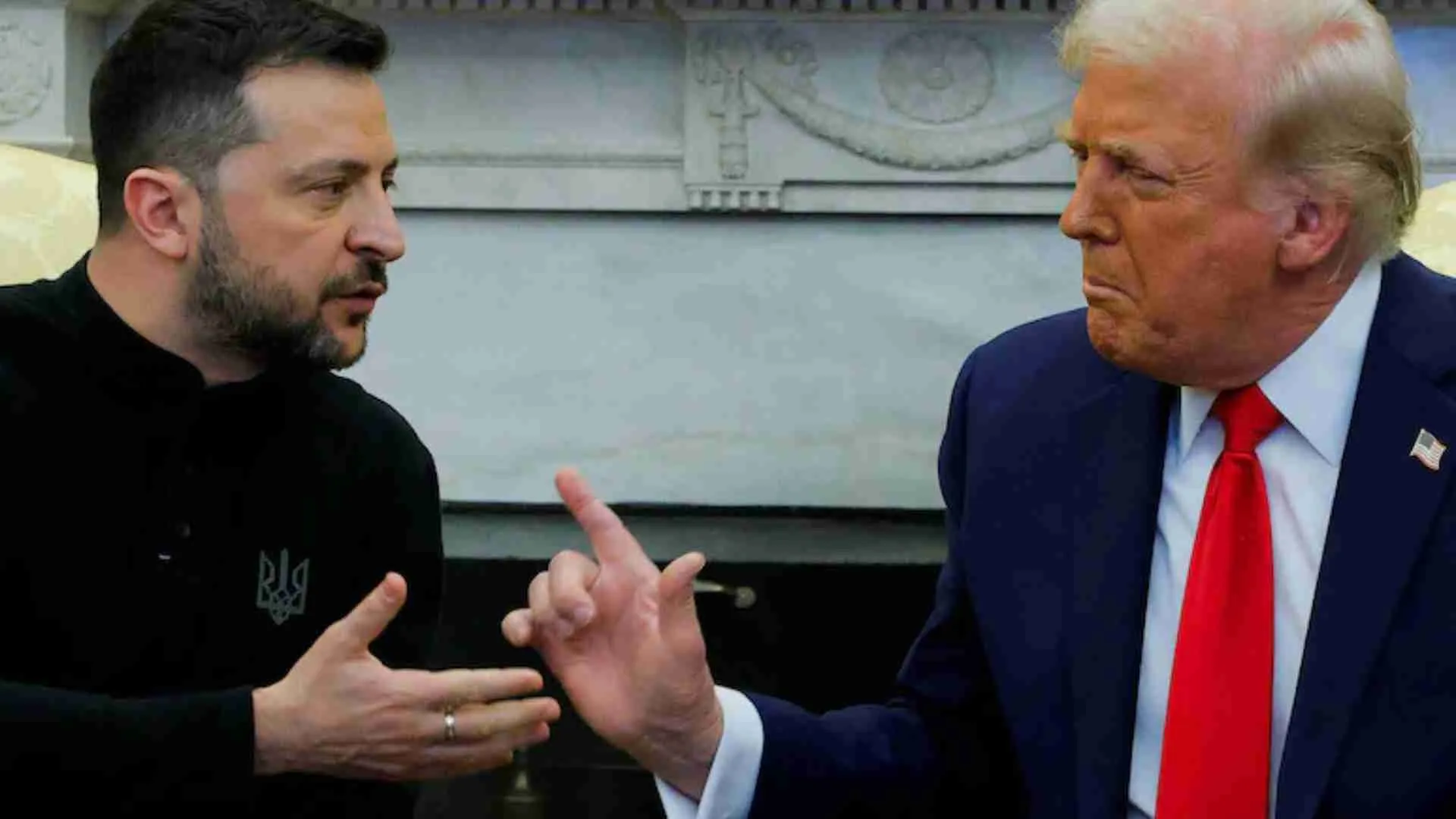In today’s era of innovation, success in the IP industry is often defined by the speed and efficiency of the patent system.
However, India is at a crossroads when compared to international benchmarks. While countries like the United States award patents in an average of three years, India grapples with a prolonged process spanning five to eight years. This extended duration not only hampers India’s competitiveness in innovation but also signals a critical need for major improvements in patent search and analysis methodology. The integration of technologies such as Artificial Intelligence (AI) and Machine Learning (ML) offers a promising solution to these bottlenecks.
Let us discover how AI and ML can ease India’s patent prosecution process leading to higher efficiency and fostering a better conducive environment for innovation.
Identifying challenges
The efficiency and effectiveness of a country’s patent system are key determinants of its competitiveness and technological advancement. But that does not paint the whole picture.
Global insights reveal that the quantity of patents granted does not reliably reflect a country’s capacity for innovation. Quality, not quantity, is of foremost importance for true technological advancement—a challenge highlighted starkly by China’s rapid patent expansion. Hence, while the Indian government’s effort to grant over 100,000 patents between 2023-24, the country’s innovation sector can use further improvements in its processes and systems.
The USTR’s 2024 Special 301 Report identifies India as a challenging economy in terms of IP protection and enforcement. It calls for India to fully implement the WIPO Internet Treaties, highlighting gaps in digital copyright protection and emphasizes the need to ensure that copyright statutory licenses do not extend to interactive transmissions.
There is also a workforce gap equipped to handle the mounting volumes of patent applications. Almost 2 lakh patents are pending examination in India, and it can be challenging for the workforce to tend to each filing without the support of technologies such AI and ML that can sort through the data efficiently.
Additionally, as technology advances, patents become more intricate and interdisciplinary. They often span multiple domains such as artificial intelligence, blockchain, and biotechnology that require specialized skills for proper classification, novelty assessment and determination of patentability. For instance, AI applications in healthcare could involve algorithms, data processing methods, as well as innovative medical devices, requiring deep expertise in the respective areas for accurate classification and assessment of novelty.
Addressing these challenges requires a transformative approach, and technology can offer promising solutions. These technologies hold the potential to significantly enhance the effectiveness of India’s patent system.
The impact of technology
Even before the mounting popularity of LLMs (Large Language Models), the IP teams of the busiest patent filers in the world had been using AI for many years. But the technology has significantly improved in the past few years, making its capabilities better suited for wide-scale adoption.
Traditional keyword-based search methods need a lot of refinement before they give any relevant results, and this process is time intensive and prone to human errors.AI-driven semantic search overcomes this limitation by understanding the searcher’s intent and delivering highly relevant information. This translates to increased efficiency in tasks like prior art search and idea screening. Additionally, AI can also automate other laborious processes like classification, and summarization, which result in considerable time and cost savings.
By incorporating AI into the patent search and review process, examiners are relieved of the task of complex search and retrieval and can focus more time on establishing novelty and eligibility. This streamlines the procedure for both applicants and examiners, resulting in faster technical progress.
As countries like India embrace AI in patent processes, they can expedite approvals and enhance the quality of granted patents. This fosters a more robust innovative ecosystem, paving the way for a brighter technological future.
A Path to Progress
Despite challenges such as lengthy approval times and backlogs of pending applications, with the right applications of technologies, patent approvals can be expedited in India while ensuring higher quality assessments that align with global standards of innovation.
Moreover, the strategic deployment of these technologies in the patent system, will enable India to enhance its IP infrastructure, attract more enterprises, and foster a collaborative environment for research and development. The path forward involves continued investment in the technological landscape and collective efforts between stakeholders.
The author is the Founder & CTO of PatSeer.





















